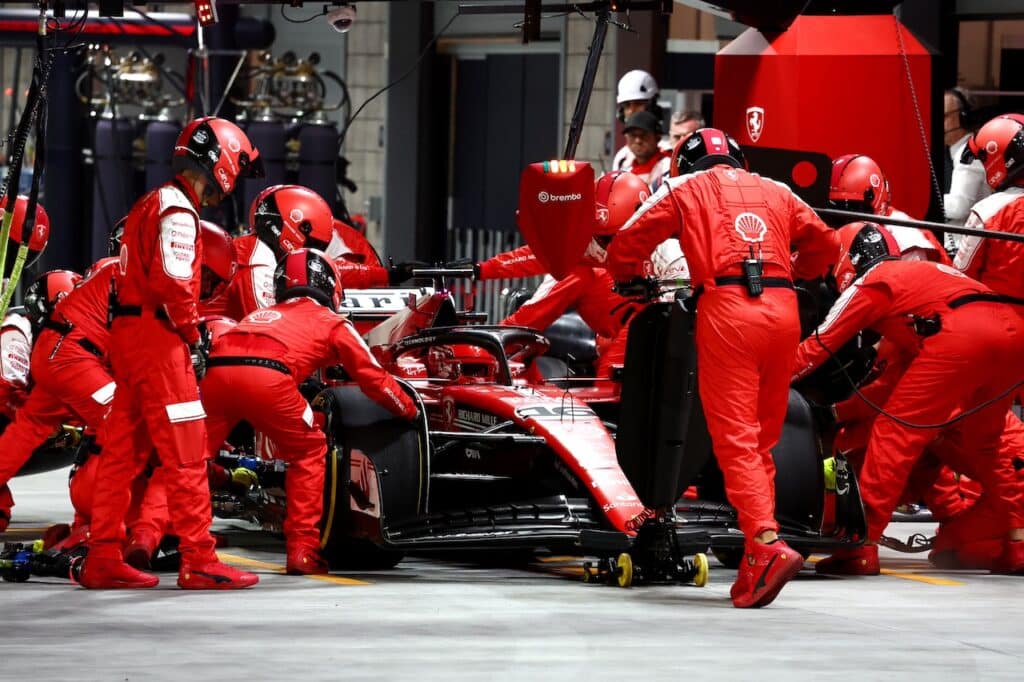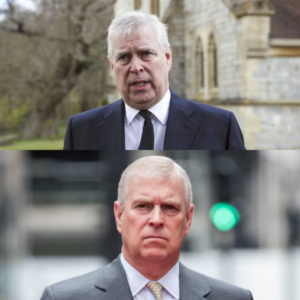Fracture at Ferrari, Clarity at Mercedes: A Tale of Two Teams in 2025
In a sport where millimeters can determine glory and milliseconds divide legends from also-rans, Formula 1 thrives on pressure. But what happens when a team that’s built on the idea of living and breathing that pressure begins to crumble under it? For Scuderia Ferrari, the 2025 season has morphed from a campaign of hope into a cautionary tale of expectation, instability, and internal fracture.
This is no longer just about lap times or pit strategies. It’s about leadership, culture, and the mounting tension that occurs when Formula 1’s most iconic team begins to turn on itself.

Ferrari: Cracks Beneath the Rosso Corsa Surface
When Fred Vasseur was appointed Ferrari team principal in early 2023, he wasn’t walking into a palace — he was walking into a powder keg. Ferrari was disjointed, reactive, and still suffering from the scars of repeated failures and missed championships. Vasseur’s calm, methodical approach seemed, at first, to be the antidote to years of chaos. By the end of 2023, the team had secured a win and nearly took second in the Constructors’ standings. A foundation had been laid.
Then came 2024. Five wins, a promising car, and the blockbuster signing of Lewis Hamilton for 2025. Ferrari fans allowed themselves to dream again.
But ten races into 2025, the dream has dissolved into disillusionment.
The SF-25: A Mirage of Potential
Vasseur has remained steadfast, repeating that Ferrari is “unlocking potential” and that “there’s more to come.” But Charles Leclerc and Hamilton, two of the most experienced voices on the grid, have publicly disagreed. There is, according to them, nothing more to find. No magic setup. No secret button.
The car is what it is: not fast enough.
And the frustration has spilled over. Former Ferrari media strategist Roberto Boccafogli, once instrumental in shaping the team’s voice to the public, broke ranks on The Race podcast. He slammed Vasseur for parroting the same deflective lines and criticized the communication void that has taken hold of Ferrari’s technical camp.
More damning? The silence from inside Maranello, as Vasseur faces the media firestorm alone.

A Media Blame Game and a Divided Empire
Things hit a boiling point in Canada when Vasseur blamed the Italian press for destabilizing the team. Boccafogli shot back: “Is it our fault the car doesn’t work?” It was a sign that even Ferrari’s traditionally protective inner circle is beginning to question the leadership.
To twist the knife further, Ferrari’s endurance racing division — operating under the same banner — has been nothing short of dominant. They just secured a third consecutive win at Le Mans, a historic feat. Ferrari Chairman John Elkann publicly praised the endurance squad while remaining conspicuously silent about the F1 team. The message? Clear.
Unless results improve in Austria and Silverstone, Vasseur’s future is in serious doubt.
Mercedes: A Study in Contrast
While Ferrari unravels, Mercedes is quietly rebuilding — with a clarity and discipline that stands in sharp contrast. Central to that resurgence? George Russell.
Once a rising star in a chaotic midfield, Russell has blossomed in 2025 into the driver Mercedes always believed he could be. With four podiums and a commanding win in Montreal, he has outpaced his rookie teammate by more than 60 points and emerged as the face of the Silver Arrows’ post-Hamilton era.
But the F1 world, ever-hungry for drama, has been watching Russell’s contract situation with bated breath.
Russell’s Loyalty — and Leverage
Despite flirtations with McLaren, Red Bull, Alpine, and Aston Martin, Russell has consistently stated his desire to stay with Mercedes. The message has been calm and mature: “Why change something that’s working?”
The hold-up? Timing. Mercedes boss Toto Wolff, the architect behind the team’s decade-long dominance, appears to be playing the long game. A well-sourced German report now suggests Mercedes could unveil Russell’s contract extension at the most symbolic venue possible — Silverstone.
It would be a statement. A declaration that Mercedes has its next leader, its next title challenger, and its next cornerstone secured.

The Toto Doctrine: Culture Over Chaos
Toto Wolff’s philosophy is part of what has kept Mercedes so competitive through thick and thin. He believes the greatest F1 drivers — from Hamilton to Schumacher — weren’t defined just by speed, but by emotional intelligence.
In contrast to Jenson Button’s assertion that all drivers are selfish, Wolff argues that the truly great ones evolve past that. They become collaborators. Culture builders. Schumacher shaped Ferrari’s golden age not just with pace, but by uniting the garage. Hamilton’s success came alongside deep bonds with his team.
And when Rosberg and Hamilton threatened to implode the Mercedes machine with their rivalry? Wolff stepped in and laid down the law. “Act like you’re bigger than the team, and you’re out.”
That culture — respect, unity, no egos — is what Mercedes is betting on to carry them into the next F1 era. And George Russell? He’s proving to be the perfect fit.
Two Futures, One Lesson
In the space of six months, Ferrari has gone from being the buzz of the paddock to a case study in mismanaged expectation. Meanwhile, Mercedes, having endured its own slump, is quietly preparing for resurgence — not just with upgrades or new signings, but with values.
This isn’t just a battle of machinery. It’s a battle of culture.
Ferrari’s fractures speak to a deeper issue: leadership without buy-in, ambition without cohesion. Mercedes, on the other hand, is showing that real dynasties are built not on hype, but on clarity, consistency, and the unglamorous grind of internal trust.
As the 2025 season barrels toward its halfway point, one team is looking to salvage control. The other is already laying the bricks for its next golden era.
And in Formula 1, those who master the chaos — not just survive it — are the ones who win.
Full Video:





